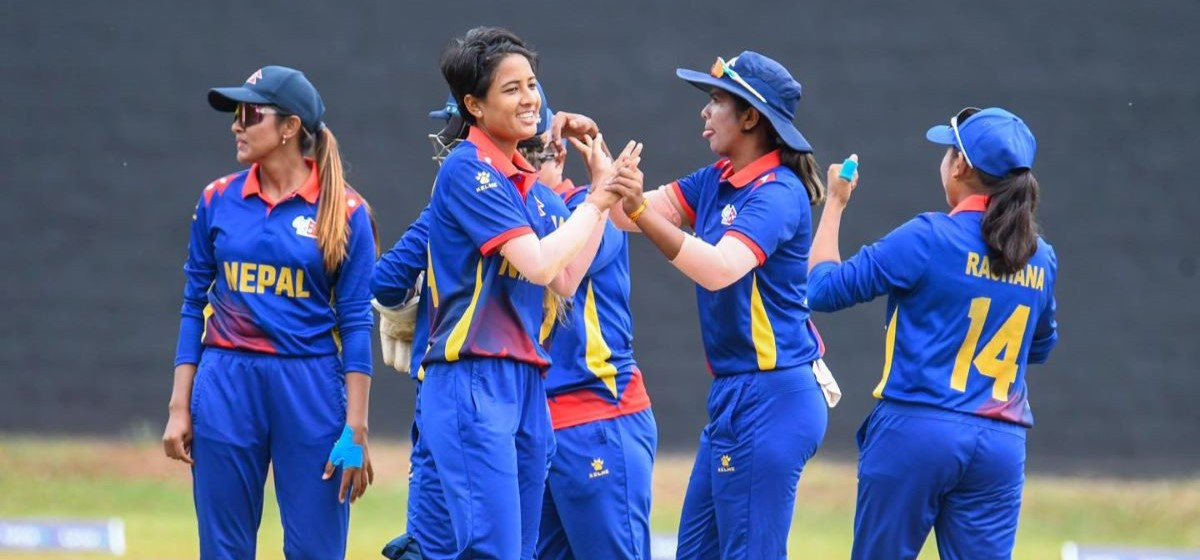KATHMANDU, July 1: The population-based cancer registrations (PBCRs) are taking place in the country.
According to the Nepal Health Research Council (NHRC), Ministry of Health and Population, began the registration process last January bearing in mind its importance in formulating cancer-related policies, taking preventive measures and determining effective interventions and treatment methods.
As stated by NHRC's PBCRs research officer Sanjita Subedi, registrations are going on with the technical assistance of 'International Agency for Research on Cancer'. The registrations include segregated full details of disease and those succumbing to it and the report of first six months will be unveiled soon. PBCRs are required to know the cancer incidence in a defined population.
Blood Cancer Society Nepal conducts charity event for blood can...

Oncologist Dr Rajendra Prasad Baral said the exact number of cancer patients and the population vulnerable to it is lacking in Nepal and it has prevented the introduction and implementation of effective programmes to deal with cancer.
The incidence of cancer is increasing in Nepal, but population-based data regarding on it is still missing. As stated by Baral, lung cancer (on both female and male) tops the occurrence of other sorts of cancers in Nepal. But, hospital data about cancer incidences are varied. For example, the data of Bharatpur Cancer Hospital shows that oral/mouth cancer mostly prevails while the data of Bhaktapur Cancer Hospital mostly register the cases of Gastro-Intestinal (GJ) cancer.
In the knowledge of cancer specialist, Pro Dr Bishnu Dutta Poudel from country's oldest Bir Hospital, cervical cancer is the most common form of cancer in Nepal and is applied in the entire SAARC region.
Of late, breast cancer among young women is increasing. The incidence of breast cancer may likely to surpass the status of cervical cancer.
Doctors concerned insisted on the need of PBCR data to formulate plans and policies to effectively fight against cancer. Nepal has around 100 oncologists of different expertise. The present situation is that one oncologist is supposed to see after 300,000 patients. RSS


































